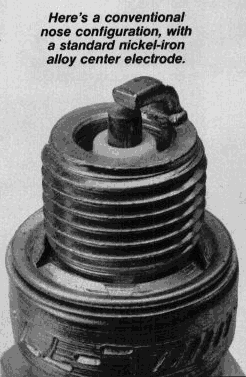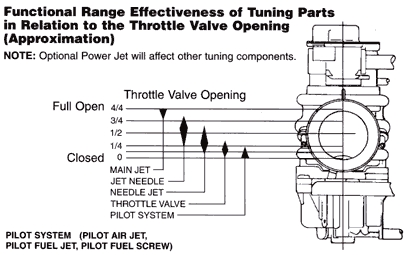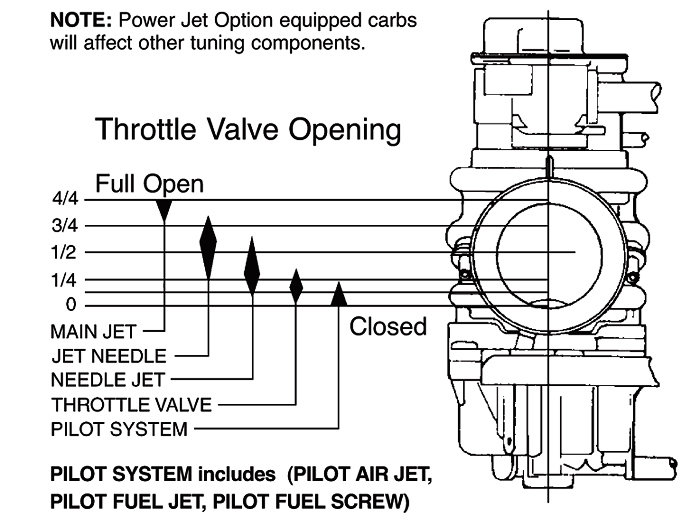Unless this bike sees only 5500-13000 rpm's, it doesn't seem to me that you'd have enough air velocity to make the jets function as intended. I suppose this could be adjusted to much larger jets to make up for lack of velocity, but the needle & needle jet selection seem like they would take a high degree of experimentation.
Bikes that ran vm22 & vm26 carbs in the 70's jumped up to bs32's in 1980, & that was with basically no other changes to the engines on many models, implying that a 26mm unrestricted venturi is equivalent or thereabouts to a 32mm with a butterfly throttle valve blocking the middle of it.
If other racers run vm34's, then the key is that you need to run a much larger jetting than the much smaller bs32 or bs34 ran. Bigger carb @similar displacement = lower air velocity than smaller carb, therefore less siphoning or venturi effect to pick up fuel from the fuel bowl, hence larger jets needed. The needle jet & jet needle selection is a whole separate challenge, the main & pilot jetting only goes for idle to 1/8 throttle, & 4/4 to full throttle. Mid throttle is all in the needle jet bore & jet needle initial diameter (1/8-1/4) & taper (1/4-3/4).
Also, unless you are running fairly rich, a VM carb bike requires you to do the thinking that the CV carb vacuum diaphragm/spring/slide/orifice did on the CV carb. Just whacking the throttle wide open will kill all air velocity & the bike will bog. You have to roll on the throttle to keep the air velocity at optimal levels to enable the jets to meter properly. Look up carb tuning tips. I know I've re-posted some good charts on here & links to great tuning sources.
Some will tell you that you should be able to hold wide open throttle fully open from a roll on off idle & have the bike run very well to redline. I have read and experienced otherwise, as that way of thinks ng only works for cv's since they raise the diaphragm throughout the rev range to keep optimum air velocity to keel the jets in their proper metering conditions.
.png)






.png)


Comment